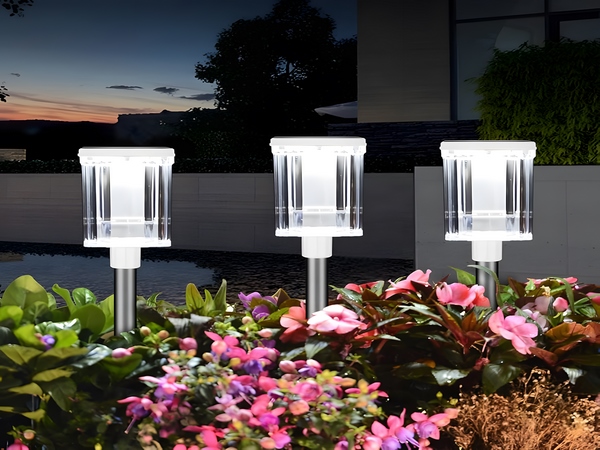
The rapid development of solar street lights is attributed to their advantages, which include energy-saving, environmental friendliness, ease of installation, and long service life. Although solar street lights offer these benefits, it is also important to discuss their disadvantages.

Solar street light products are subject to mandatory standards, including the “power failure rate” indicator, which does not allow them to stop working during rainy days like landscape lighting products can. Consequently, from a technical design perspective, energy collection and storage must be based on less than ideal weather conditions (such as short sunlight during certain seasons or continuous rainy days). Thus, under most usage conditions, the energy configuration and storage devices are often idle, leading to high system costs, which contradicts the energy-saving and comprehensive utilization themes the system is meant to represent. Additionally, seemingly simple technical issues require significant investment to solve in practical applications, including centralized management issues, solar panel lifespan, battery lifespan, and other control components. As the system uses DC batteries, they are prone to theft, making security a major concern. Moreover, the weight of solar panels, which are generally installed at higher heights, necessitates improved wind resistance design for the lamp poles, leading to increased costs.
In contrast, as the cost of LED products continues to decrease, the cost-performance ratio of LED street lights powered by municipal electricity is improving. Considering their core advantages in lifespan and energy savings, the upfront investment costs, after removing the high costs of solar systems, have become more acceptable for market applications. With advantages in the concept of “energy-saving” products and the support of government departments, the application process has begun to shift from “demonstration promotion” to meaningful “market promotion.” With subsequent technological advancements and improvement of standards, the prospects for widespread application are becoming clearer.
Of course, stating that this technology is no longer a hot topic does not imply that it lacks significance or development prospects. On one hand, the advantages of solar LED lighting in specific applications remain evident, and demonstration applications also have positive implications.

The street lamp manufacturers specialize in the research, production, and sales of outdoor lighting fixtures such as solar and LED lights. If you wish to know more about solar street light prices or are interested in purchasing solar street lights, please contact our online customer service.



